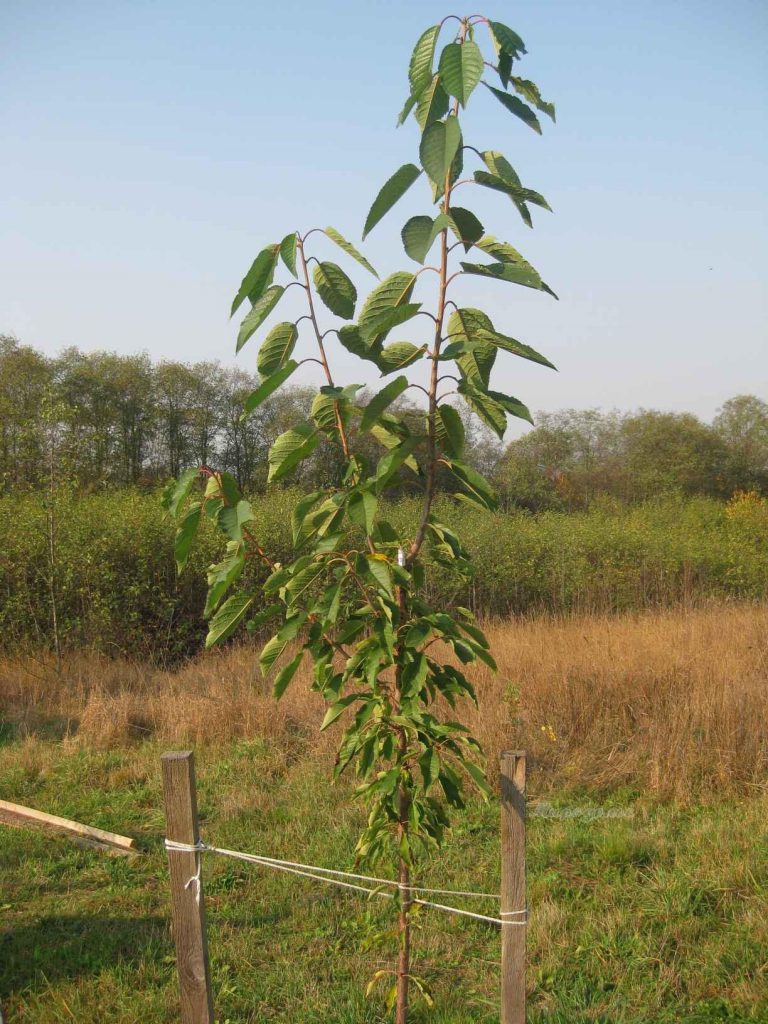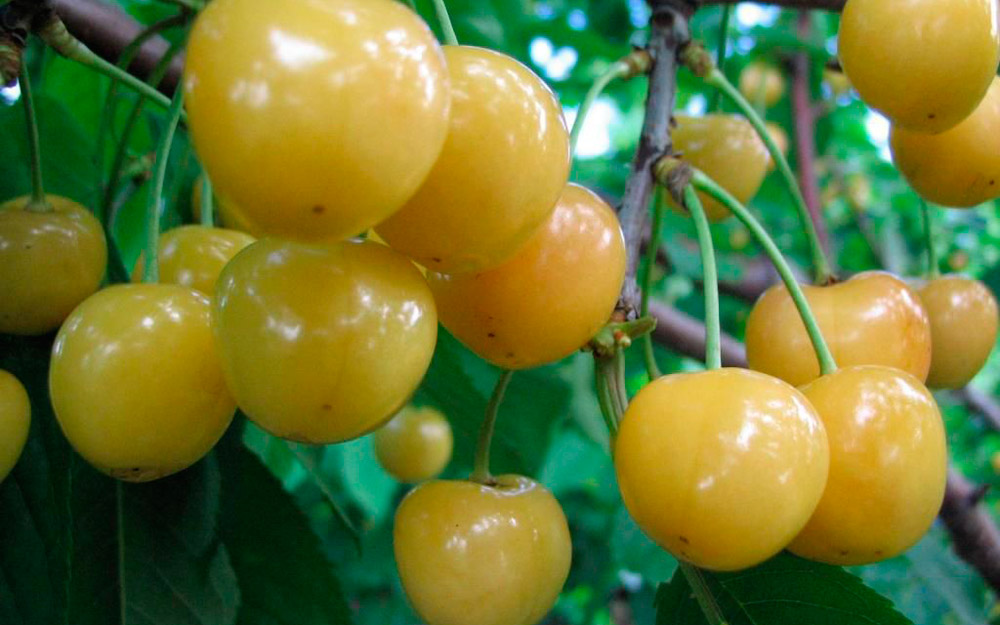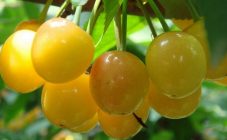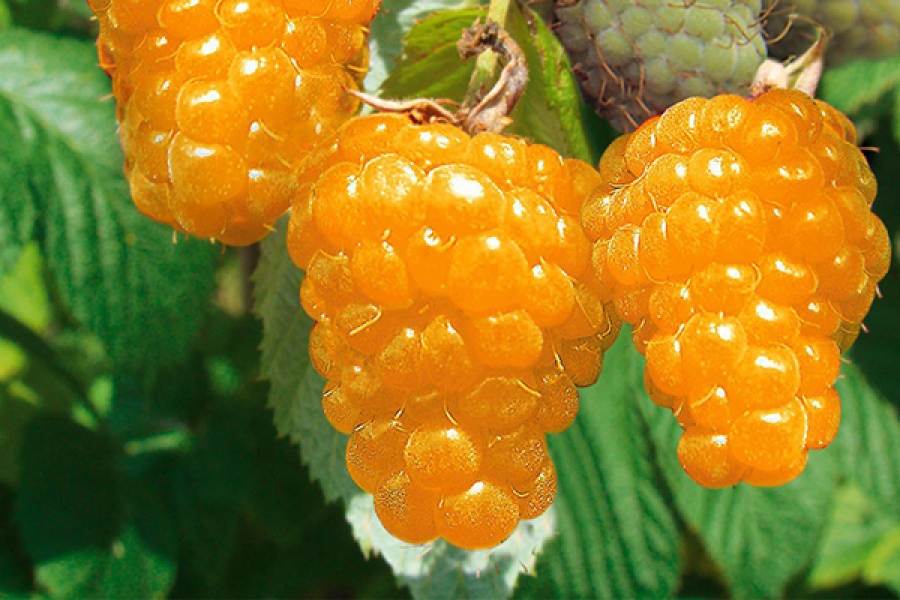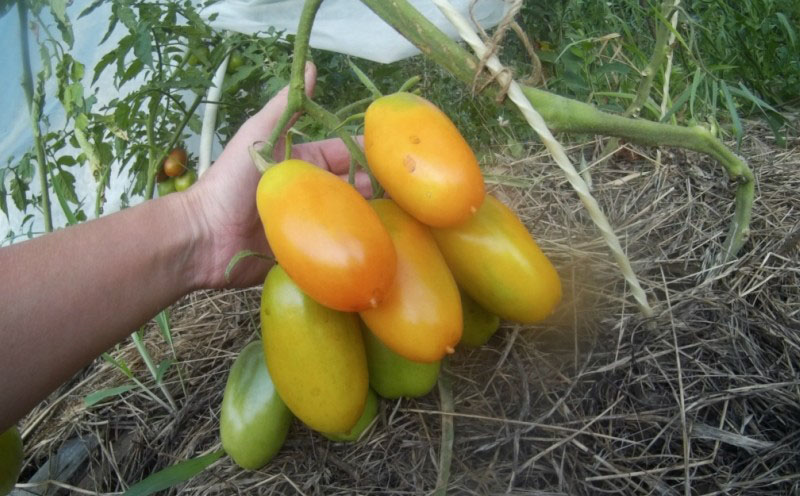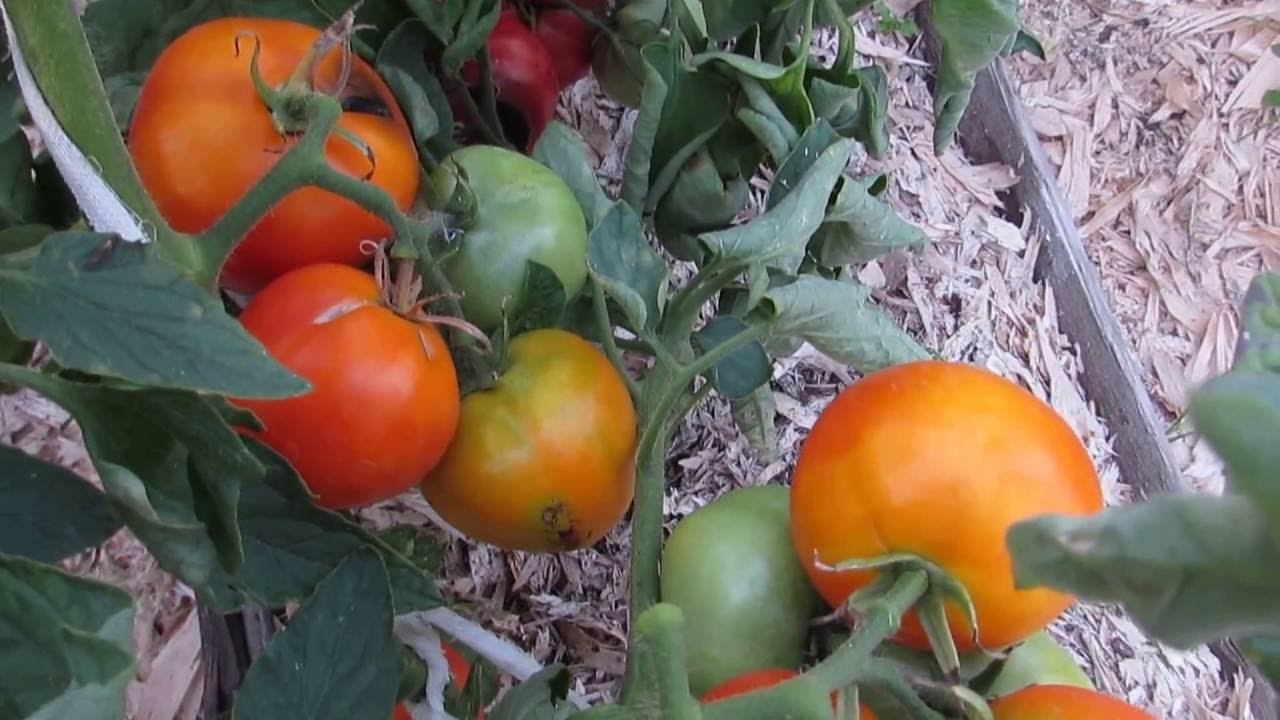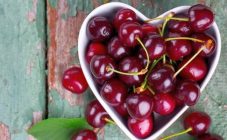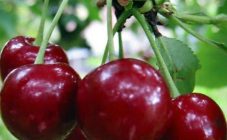Content:
The sweet cherry variety Rossoshanskaya Zolotaya was bred by breeders of the Rossoshanskaya station, which is located in the Voronezh region. The variety was named in honor of this station. Since sweet cherries were bred on the territory of the Russian Federation, they are adapted to the country's climate. Grade Rossoshanskaya golden yellow-fruited. Like most types of cherries, it is not demanding on conditions, but it can still show character if you refuse to take minimal care of it. Varieties of yellow cherries in most cases are resistant to rotting processes, to cracking of berries, and birds do not beat them, and Rossoshanskaya golden cherry is no exception.
The fruits of this cherry variety are universal. They tolerate long-term storage and transportation well. Sweet cherries are used for fresh consumption, for preservation for the winter, compotes, preserves and even for making wine, since the berry is quite fleshy and sugar. Also varietal cherries can be frozen to pamper homemade fresh fruit in winter.
Characteristics of the variety
The description of the Rossoshanskaya golden cherry variety includes the following characteristics: a large berry weighing about 8 g of golden color. The dense flesh allows the sweet cherry to tolerate transportation well. The shape of the berry is slightly squeezed on the sides. If the area on which the tree grows is well lit by the sun, a light pink spot is allowed on the fruits. The fruits have high palatability: the pulp is sugar, sweet with a barely noticeable sourness. The stone is slightly elongated, smooth, well separated from the berry.
The tree grows up to 3.5 m in height. The crown is pyramidal. Leaf density is average. A standard-shaped leaf with a deep green color. Ripe berries can be picked in the last decade of June or in the first decade of July.
The variety is not self-pollinating, therefore, if there are no other trees on the site, then Rossoshanskaya Zolotaya will not bring any harvest. Neighboring pollinating trees should bloom at the same time as Rossoshanskaya. The best varieties for pollination are considered black (Miracle cherry, Nochka) and gold (Ovstuzhenka).
The tree begins to bear fruit at the 5th year of life, delighting with the harvest for 25 years. In the absence of frost, the color appears in mid-spring. If frosts hit during the flowering period, the flowers will remain empty.
The variety is resistant to drought, therefore it is undesirable to overmoisten the land. In the southern regions of Russia, the variety has good winter hardiness.
This variety has an average resistance to fungal diseases. With proper prevention, the variety does not infect pests and diseases. Also, disease resistance increases when mineral and organic fertilizers are correctly applied.
Features of planting and care
Since golden cherries are unpretentious to growing conditions, special care is not required for them. But still it is worth paying attention to some of the nuances.
Planting of seedlings is carried out both in autumn and spring. Autumn planting should occur before the onset of cold snaps. In the spring, it is recommended to plant seedlings in the last days of April or early May. If the tree is successfully planted during this period of time, a strong root system will form. The tree should be planted on a small hill. This is done so that the melt water that appears in spring can drain into the lowlands and not stagnate in the cherry hole, which does not really like high humidity.
It is recommended to choose two-year-old seedlings. They have the highest survival rate. Before buying, you need to carefully examine the tree and its root system for external damage. The cut should not be dry, the root length should not be less than 30 cm. The root system should be healthy and strong in appearance. The branches from the main root must not be dry. It is most profitable to buy seedlings at exhibitions, since it is less likely that the tree will turn out to be not healthy or of the wrong variety.
The seedling is planted in an area protected from the winds. It is desirable that a lot of sunlight falls on the tree, then the berry will be sweet, honey. Before planting, you need to prepare the soil. To do this, they dig it up, remove the weed and apply the necessary fertilizers that will feed the young root system of the seedling.
The type of soil in which the seedling is planted should be determined. If increased acidity is detected, it must be reduced by adding vermiculite or sand to the clay soil.
The pit should be 80 cm in diameter and 70 cm deep. These sizes are most suitable for the free arrangement of the cherry root system. At the bottom of the pit, it is worth making drainage, which contributes to better strengthening and development of roots. It is recommended to mix the soil with which it is planned to fill the hole with fertilizers. Potassium salts and phosphorus are best suited for these purposes. You can also mix the soil with wood ash or compost. Further, an even stick is placed at the bottom of the pit, which later will serve as a support for the seedling.
Sweet cherries do not like frequent watering. During the growing season, the tree will need only 3-4 waterings, 60 liters each. The culture needs the first watering when the buds are blooming, the second - when the flowering period ends, the third - when the fruits ripen, and the fourth - after harvesting. Before watering, it is imperative to loosen the soil in the trunk circle so that water can get to the root system of the tree.
In the first year after planting, the tree does not need additional fertilizers, since they have already been added in the right amount before planting in the hole. And in the second year, you can feed the cherries with organic and mineral fertilizers. In the first 4 years of the tree's life, urea diluted in a large amount of water is suitable, and in the subsequent years, phosphorus-potassium fertilizers will be required. At the end of November, the harvested tree can be fed with compost or wood ash.
Cherries will hurt less if the near-stem circle is kept constantly clean. There should be no weeds in it. Then the tree will suffer much less from various pests. You can also spread mulch in the hole. This will help retain moisture and prevent the topsoil from cracking. The cherry trunk needs a spring whitewash. This will help protect the crop from sunburn in summer and severe frosts in winter.
After picking the cherry berries, it is recommended to keep them dry. Only under this condition it is possible to ensure long-term storage of the crop.
Advantages and disadvantages of the variety
The Rossoshanskaya golden cherry variety is popular all over the world. Its main advantages are the duration of storage and adaptation to long-term transportation, as well as the fact that the variety is resistant to many fungal diseases.Since the tree does not grow much in height, it is convenient to pick the berries after ripening.
The main disadvantages are average frost resistance, intolerance to high humidity and the impossibility of self-pollination. Despite this, Rossoshanskaya gold is worthy of growing in any garden for a change, if only because of its unusual yellow-pink color. The gardener just needs to remember the instructions above for planting and care.
